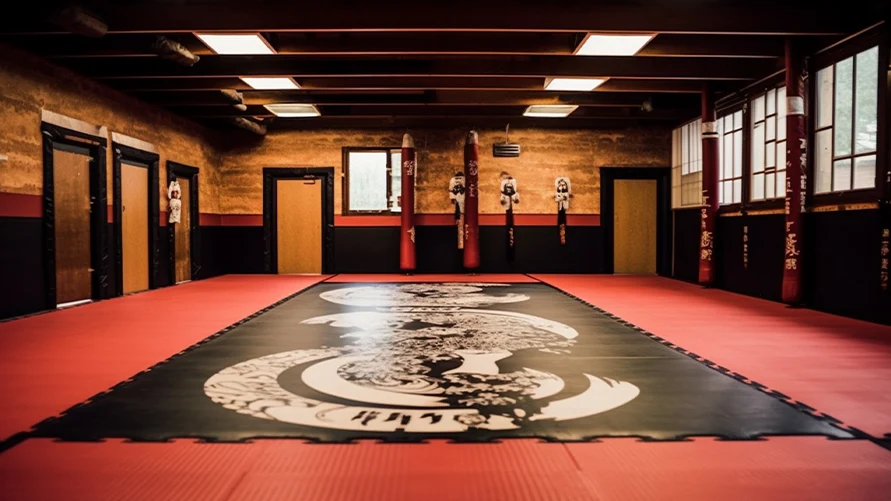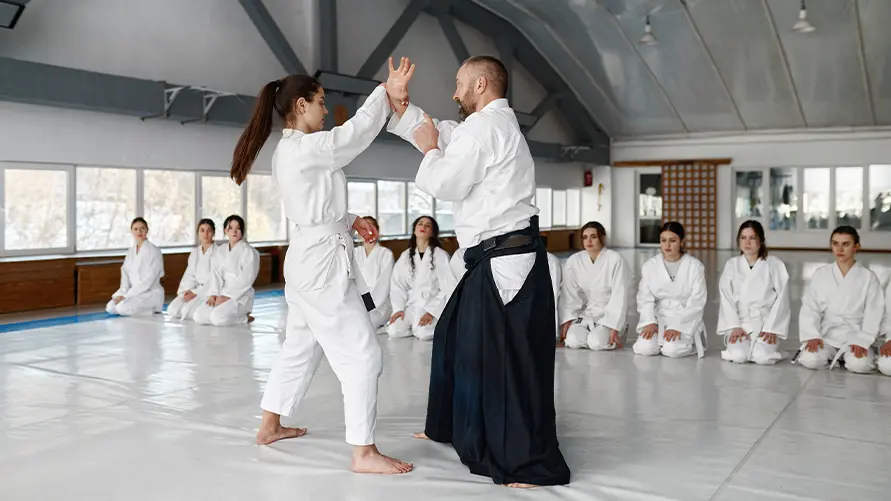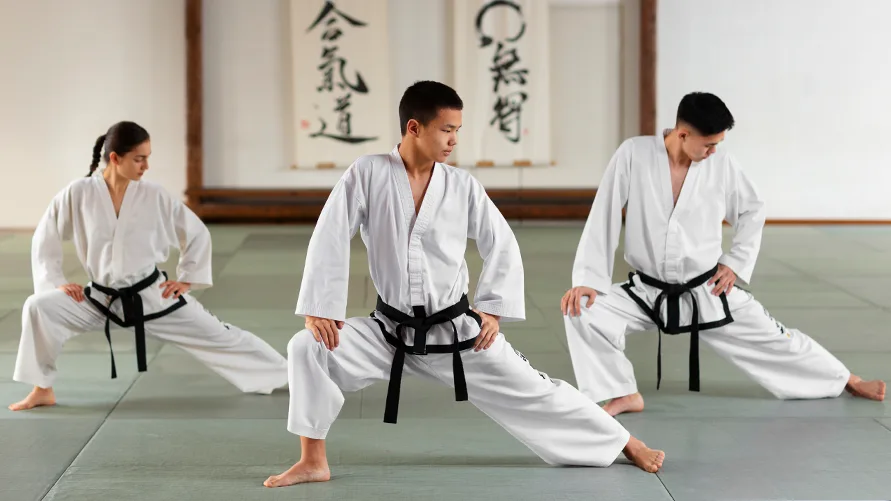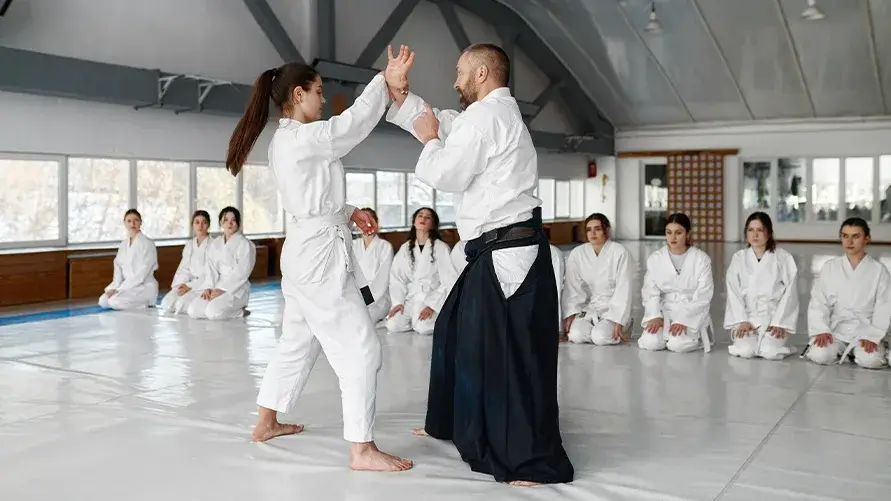A martial arts business plan is the backbone of every successful dojo, gym, or studio. It outlines how your business will operate, attract students, manage finances, and grow sustainably. Whether you’re launching a martial arts academy, taekwondo school, or a jiu-jitsu gym, your plan needs to show direction, financial clarity, and long-term strategy. Here’s everything a martial arts owner should include in a strong and realistic plan.
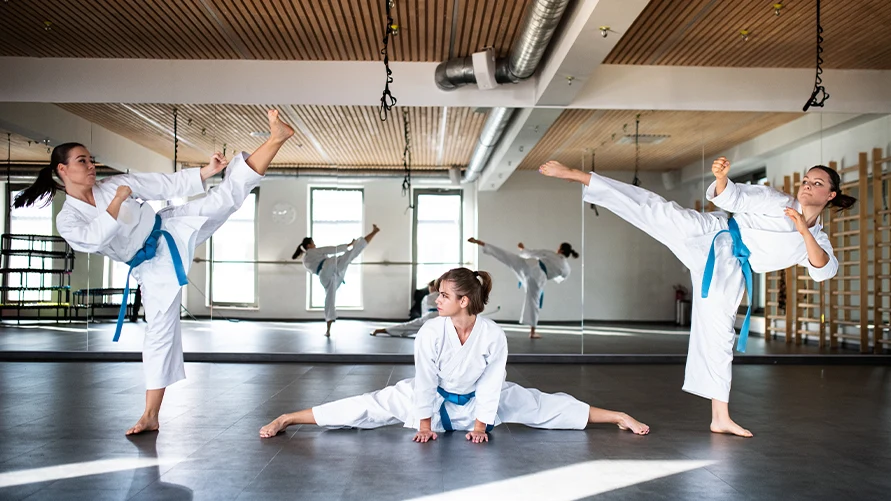
Start with a clear business overview
Your executive summary is your big picture—showing who you are, what you do, and what you plan to achieve. Include your business name, location, and ownership structure (LLC, partnership, or sole proprietorship), and mission statement. Summarize your short and long-term goals, such as enrollment targets or revenue milestones.
Even if no investor ever reads it, your executive summary keeps your purpose focused and your decisions intentional.
Define your business description
This section paints a clear picture of your martial art business. Describe what style of martial arts you’ll teach, what type of student you’ll serve, and what kind of experience you’ll offer.
A martial arts studio business plan should mention age groups, skill levels, and the structure of programs, from kids’ classes to adult and family sessions. If you’re writing a martial arts gym business plan, include details on fitness components like conditioning, strength training, or open-mat sessions.
Talk about the facility: its size, location, safety setup, and amenities. Add what makes your studio stand out: your teaching philosophy, community engagement, or unique training system.
Research and understand your market
A strong martial arts school business plan includes a realistic market analysis. This section proves there’s a need for your studio and shows you’ve studied your audience and competition.
Define your target market: children learning disciplines, adults seeking self-defense, or families looking for group activities. Add local demographic data to support your reasoning.
Then study competitors. Note their pricing, class types, and weaknesses. Use this information to position yourself better, through flexible memberships, certified instructors, or tech-enabled management. Mention market trends too, such as the rise of MMA or the growing interest in youth martial arts programs.
Craft a simple but effective marketing plan
Your marketing plan is how you bring people through your doors and keep them there. Outline how you’ll promote your business, what channels you’ll use, and how you’ll create brand awareness. Focus on:
- Local SEO for martial arts studio and Google Maps optimization so people can find you easily.
- Active social media presence on Facebook, Instagram, and YouTube.
- Referral and loyalty programs for existing members.
- Partnerships with schools, community centers, and local businesses.
- Hosting open houses and self-defense workshops.
Explain your pricing structure, basic, premium, and family packages, and show how each one adds value. The more transparent your pricing and communication, the faster you’ll build trust in your community.
Read more about martial arts marketing ideas here.
Plan the day-to-day operations
Operational planning shows how your dojo will run efficiently. It’s one of the most practical sections of a martial business plan template.
Include your class schedule, instructor roles, and administrative setup. List the equipment you’ll need: mats, bags, gloves, uniforms, and safety gear. Explain your staff structure: how many instructors, assistants, and receptionists you will have, and what qualifications they bring.
Technology is essential, too. Modern martial arts studios rely on management software to handle bookings, payments, attendance, and belt tracking. Adding this detail shows that your operations are professional, efficient, and scalable.
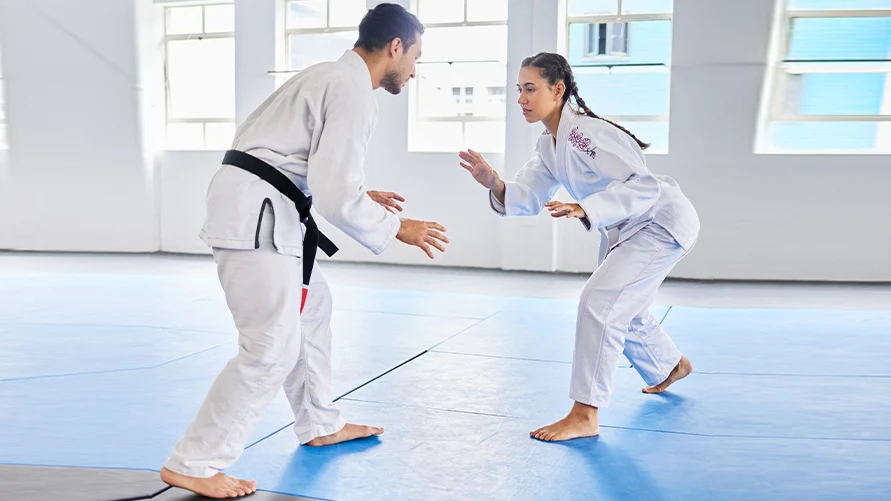
Budget and financial planning
This part turns your ideas into measurable outcomes. Start with your startup cost, rent, renovation, insurance, equipment, marketing, and software. Then outline your revenue streams: memberships, private lessons, belt testing, workshops, and branded merchandise.
A well-built martial arts business plan should include:
- A 3-year income projection.
- A break-even analysis (how many students are needed to cover expenses).
- Cash flow and profit margin estimates.
If you’re seeking funding, specify how much you need, what you will use it for, and your repayment strategy. Investors want clarity and confidence, not rough guesses.
To increase martial arts revenue, here’s something to carry with you.
Management and staffing plan
Your instructors define your school’s reputation. Include details about your staff’s qualifications, training background, and teaching philosophy. Investors want to know you’re not just hiring black belts, you’re building a professional, safe, and reliable team.
If you plan to expand later, describe your hiring strategy. Will you develop assistant instructors internally or recruit certified coaches from outside? A solid staffing plan ensures your school can grow without compromising quality.
Operational systems and technology
Modern schools run on systems, not spreadsheets. Your martial arts gym business plan should highlight how you’ll manage operations efficiently.
Examples of what to include:
- Martial arts management software: for scheduling, attendance tracking, and billing.
- Access control: for 24/7 member entry and security.
- Online booking and payments: to reduce manual work.
- CRM system: to track leads and follow up automatically.
These tools aren’t just convenient; they improve retention and make your business scalable. If you ever decide to sell or franchise, your systems will prove your model works.
Legal, insurance, and compliance
Every martial arts school business plan should address liability and safety. To ensure this, you’ll need.
- Business registration: LLC or corporation.
- Insurance: General liability, professional liability, and property insurance.
- Waivers: Clear student liability agreements and property coverage details.
- Health and safety measures: Mats, emergency kits, and cleanliness protocols.
Ignoring this section is a common mistake. Investors and landlords want assurance that your school is compliant and risk-managed.
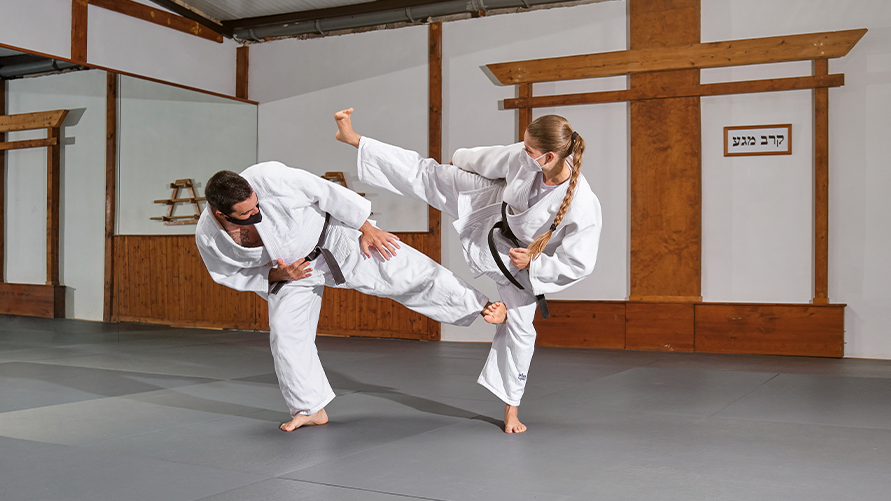
Measuring success and setting milestones
Finally, define how you’ll measure progress. Instead of vague goals like ‘grow enrollment,’ set specific metrics:
- Reach 50 members in 3 months.
- Maintain 80% retention by year-end.
- Add one new instructor by month 10.
Review these regularly. A martial arts business plan is not static; it evolves as your studio grows.
Putting it all together
If you’re writing your first plan, start with a martial arts business plan template. You can find editable versions online that include financial tables, structure examples, and formatting. But remember, the real value lies in personalization.
Your dojo is unique; your plan should reflect your philosophy, style, and goals.
The best martial arts school didn’t just happen by luck. They were built from clear planning, consistent systems, and smart financial choices. Whether you run a karate dojo or an MMA gym, a well-written business plan is your blueprint to success, one that keeps your school thriving long after the first punch is thrown.
